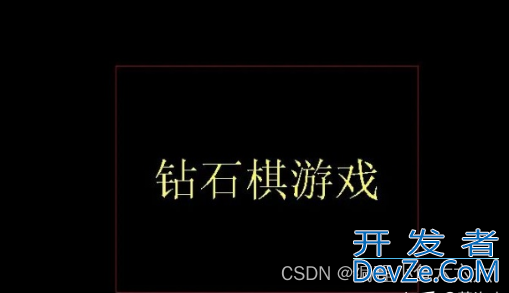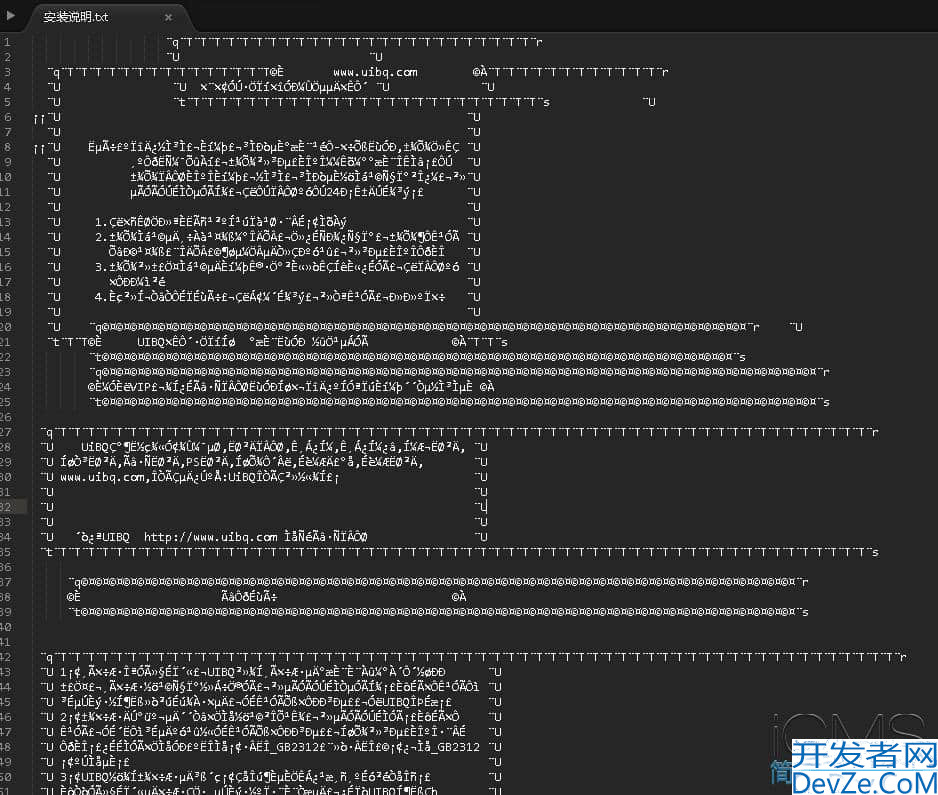在Spring项目中引入高版本依赖并解决低版本冲突问题的解决方法
目录
- 一、Spri编程客栈ng项目中的依赖管理
- 1. Maven依赖管理
- 2. Gradle依赖管理
- 二、依赖冲突的原因
- 三、解决依赖冲突的策略
- 四、具体解决方案
- 1. 直接引入高版本依赖
- 2. 排除低版本依赖
- 3. 使用依赖管理工具
- 五、实际案例分析
- 1. 直接引入高版本依赖
- 2. 排除低版本依赖
- 3. 使用依赖管理工具
- 六、总结
一、Spring项目中的依赖管理
在Spring项目中,依赖管理通常通过Maven或Gradle进行。Maven和Gradle都提供了依赖解析和冲突解决机制,但在实际开发中,编程客栈依赖冲突仍然是一个常见的问题。
1. Maven依赖管理
Maven通过pom.XML文件来管理项目的依赖。Maven使用依赖传递机制,即如果一个依赖A依赖于另一个依赖B,那么Maven会自动将B引入到项目中。这种机制虽然方便,但也容易导致依赖冲突。
2. Gradle依赖管理
Gradle通过build.gradle文件来管理项目的依赖。Gradle同样支持依赖传递,但它提供了更灵活的依赖解析和冲突解决机制。
二、依赖冲突的原因
依赖冲突通常发生在以下两种情况下:
- 直接依赖冲突:项目中直接引入了两个不同版本的同一个依赖。
- 传递依赖冲突:项目中引入了两个不同的依赖,这两个依赖又分别依赖于不同版本的同一个第三方库。
在Spring项目中,传递依赖冲突更为常见,因为Spring框架本身依赖于大量的第三方库,而这些库可能又依赖于其他库的不同版本。
三、解决依赖冲突的策略
当我们需要引入一个高版本的依赖时,通常有以下几种策略来解决低版本依赖冲突的问题:
- 直接引入高版本依赖:在项目中直接引入高版本的依赖,并让Maven或Gradle自动解决冲突。
- 排除低版本依赖:在项目中排除低版本依赖,确保只有高版本依赖被使用。
- 使用依赖管理工具:使用Maven的
dependencyManagement或Grwww.devze.comadle的resolutionStrategy来统一管理依赖版本。
四、具体解决方案
1. 直接引入高版本依赖
适用场景:当高版本依赖与低版本依赖兼容,且不会引起运行时问题时,可以直接引入高版本依赖。
步骤:
在
pom.xml或build.gradle中直接引入高版本依赖。
<!-- Maven -->
<dependency>
<groupId>com.example</groupId>
<artifactId>example-library</artifactId>
<version>2.0.0</version>
</dependency>
// Gradle implementation 'com.example:example-library:2.0.0'
Maven或Gradle会自动选择高版本依赖,并忽略低版本依赖。
2. 排除低版本依赖
适用场景:当低版本依赖与高版本依赖不兼容,且低版本依赖被多个Spring依赖间接引入时,可以通过排除低版本依赖来确保只有高版本依赖被使用。
步骤:
- 在
pom.xml或build.gradle中排除低版本依赖。
<!-- Maven -->
<dependency>
<groupId>org.springframework</groupId>
<artifactId>spring-core</artifactId>
<version>5.3.0</version>
<exclusions>
<exclusion>
<groupId>com.example</groupId>
<artifactId>example-library</artifactId>
</exclusion>
</exclusions>
</dependency>
// Gradle
implementation('org.springframework:spring-core:5.3.0') {
exclude group: 'com.example', module: 'example-library'
}
- 确保高版本依赖被引入。
<!-- Maven -->
<dependency>
<groupId>com.example</groupId>
<artifactId>example-library</artifactId>
<version>2.0.0</version>
</dependency>
// Gradle implementation 'com.example:example-library:2.0.0'
3. 使python用依赖管理工具
适用场景:当项目中有多个依赖需要统一管理时,可以使用Maven的dependencyManagement或Gradle的resolutionStrategy来统一管理依赖版本。
步骤:
- 在pom.xml中使用dependencyManagement统一管理依赖版本。
<!-- Maven -->
<dependencyManagement>
<dependencies>
<dependency>
<groupId>com.example</groupId>
<artifactId>example-library</artifactId>
<version>2.0.0</version>
</dependency>
</dependencies>
</dependencyManagement>
- 在
build.gradle中使用resolutionStrategy统一管理依赖版本。
// Gradle
configurations.all {
resolutionStrategy {
force 'com.example:example-library:2.0.0'
}
}
五、实际案例分析
假设我们有一个Spring项目,项目中使用了spring-core和spring-web,这两个依赖都依赖于example-library的1.0.0版本。现在我们需要引入example-library的2.0.0版本。
1. 直接引入高版本依赖
在pom.xml或build.gradle中直接引入example-library的2.0.0版本。
<!-- Maven -->
<dependency>
<groupId>com.example</groupId>
<artifactId>example-library</artifactId>
<version>2.0.0</version>
</dependency>
// Gradle implementation 'com.example:example-library:2.0.0'js
2. 排除低版本依赖
在pom.xml或build.gradle中排除spring-core和spring-web中的example-library依赖。
<!-- Maven -->
<dependency>
<groupId>org.springframework</groupId>
<artifactId>spring-core</artifactId>
<version>5.3.0</version>
<exclusions>
<exclusion>
<groupId>com.example</groupId>
<artifactId>example-library</artifactId>
</exclusion>
</exclusions>
</dependency>
<dependency>
<groupId>org.springframework</groupId>
<artifactId>spring-web</artifactId>
<version>5.3.0</version>
<exclusions>
<exclusion>
<groupId>com.example</groupId>
<artifactId>example-library</artifactId>
</exclusion>
</exclusions>
</dependency>
// Gradle
implementation('org.springframework:spring-core:5.3.0') {
exclude group: 'com.example', module: 'example-library'
}
implementation('org.springframework:spring-web:5.3.0') {
exclude group: 'com.example', module: 'example-library'
}
3. 使用依赖管理工具
在pom.xml中使用dependencyManagement统一管理example-library的版本。
<!-- Maven -->
<dependencyManagement>
<dependencies>
<dependency>
<groupId>com.example</groupId>
<artifactId>example-library</artifactId>
<version>2.0.0</version>
</dependency>
</dependencies>
</dependencyManagement>
在build.gradle中使用resolutionStrategy统一管理example-library的版本。
// Gradle
configurations.all {
resolutionStrategy {
force 'com.example:example-library:2.0.0'
}
}
六、总结
在Spring项目中引入高版本依赖并解决低版本依赖冲突是一个常见且复杂的问题。通过直接引入高版本依赖、排除低版本依赖或使用依赖管理工具,我们可以有效地解决这些问题。希望本文提供的解决方案能够帮助开发者更好地管理Spring项目中的依赖冲突,提高开发效率。
以上就是在Spring项目中引入高版本依赖并解决低版本冲突问题的解决方法的详细内容,更多关于Spring引入高版本依赖解决低版本冲突的资料请关注编程客栈(www.devze.com)其它相关文章!







 加载中,请稍侯......
加载中,请稍侯......
精彩评论